Cadi Ayyad University Observatory (OUCA)
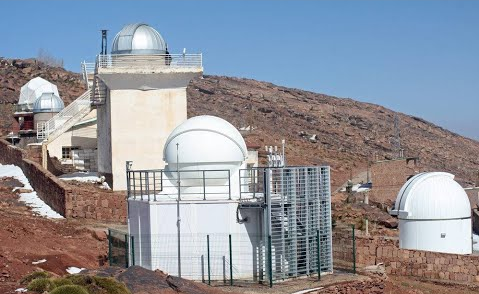
The Cadi Ayyad University Observatory (OUCA) is a research center affiliated with Cadi Ayyad University. It was established by Moroccan researchers in the field of Astrophysics, and the project was realized after the consolidation of these researchers within a research structure at the Faculty of Sciences Semlalia in 1999: the Laboratory of High Energy Physics and Astrophysics. The site has been used by Moroccan researchers since 1987 when the international IRIS network experiment was launched (Benkhaldoun, 1991) [1] . It has gradually developed with the advancement of astrophysics in Morocco and the international recognition of the site's favorable qualities for solar and stellar observations. A more detailed history can be found in an article published in the first issue of the journal "Astronomy Africa" about the Observatory (Benkhaldoun, 2021) [2] .
The efforts of the aforementioned researchers led the university authorities to adopt the project (University Council of 2003-2004). New facilities were constructed and inaugurated in April 2007 on the occasion of the first edition of the International School of Oukaimeden (OISA). The observatory was registered with the International Astronomical Union (IAU) in June 2007. An astrometric measurement campaign on IAU-validated asteroids resulted in the assignment of a code (J43) and a name (Oukaimeden Observatory) to the Observatory. It was only in April 2009 that the university council officially approved the status of the observatory, and in December 2009, a director was appointed for this university center. A management council was established, but unfortunately, it has only met twice to date (October 2010 and January 2011, see appended minutes). A development plan and internal regulations were endorsed by the management council (see Appendix).
Funding amounting to 1,300,000 Moroccan dirhams was granted to the observatory as part of the emergency plan. It was primarily used to replace the dome of the main tower with a larger and more modern robotic dome, as well as to acquire a spectrograph for the exoplanet program and some small electrical, computer, and optical equipment for automated and remote observation. Under the emergency plan, two budget positions were allocated to the observatory, but only one recruitment was carried out, and the selected individual was subsequently employed as an assistant professor at the Polydisciplinary Faculty of Safi. As a result, the observatory is currently without any administrative positions!
On May 5, 2016, the university's management committee decided to reassign the university centers to various establishments of the UCA "to facilitate their administrative and financial management," as stated in the letter addressed to the heads of establishments and center directors. Thus, OUCA was assigned to the Faculty of Sciences Semlalia, which effectively improved financial management in particular.
In the following sections of this report, we will provide a concise overview of OUCA's activities for the period 2016-2021. A more detailed development of various research themes is attached as an appendix.
[1]Benkhaldoun, Z., Kadiri, S., Lazrek, M., and Touma, H., "Moroccan Participation in the Study of Solar Oscillations," Solar Physics, vol. 133, no. 1. pp. 61–64, 1991. doi: 10.1007/BF00149824


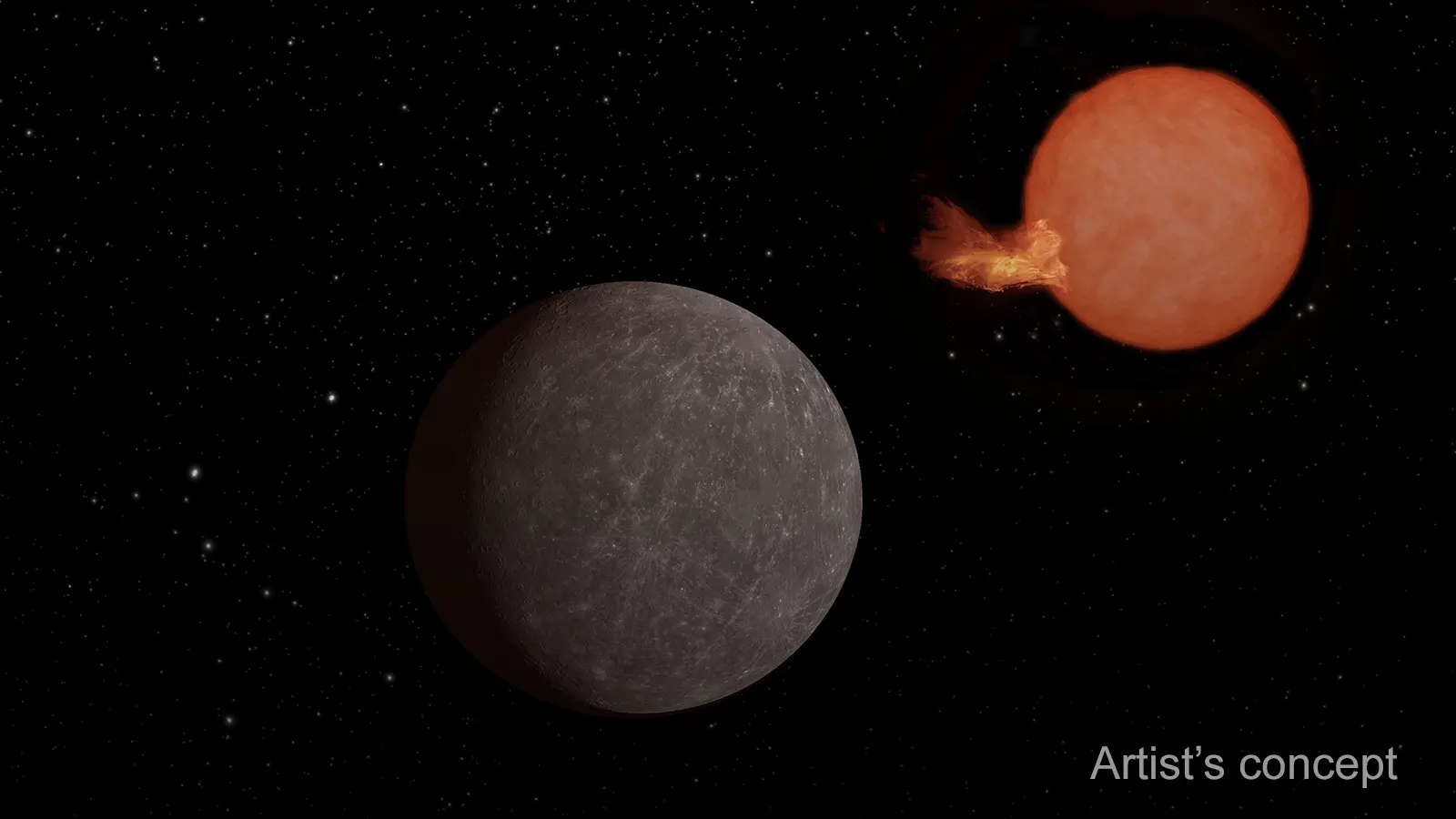

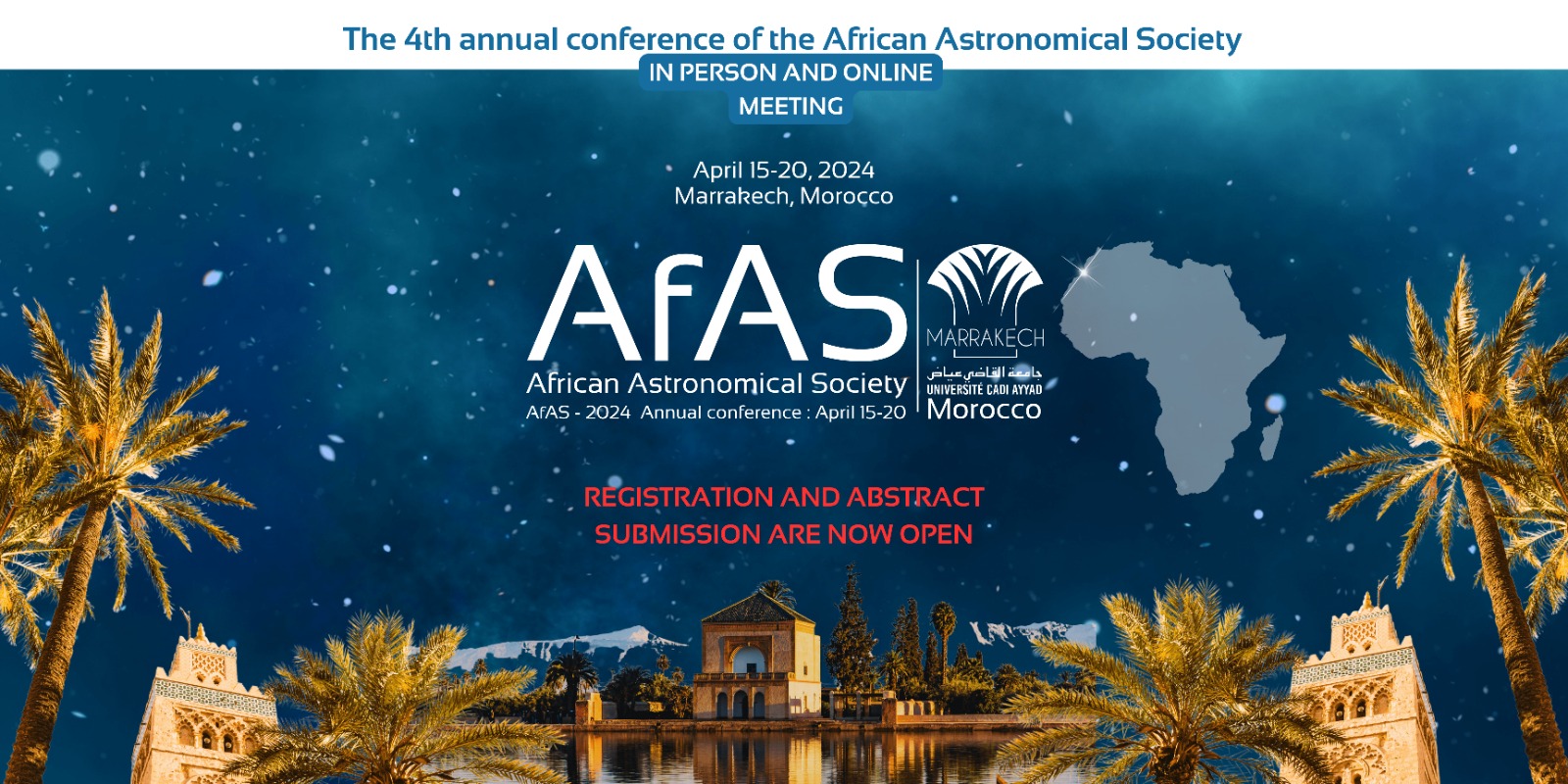
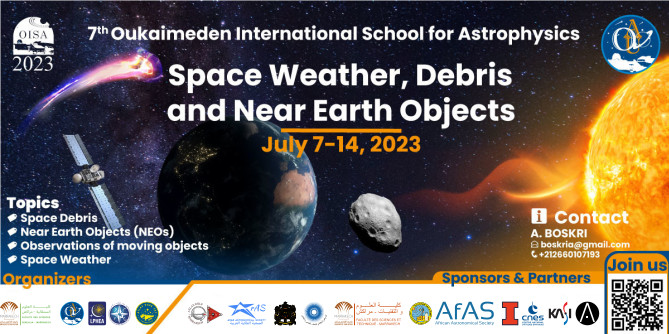
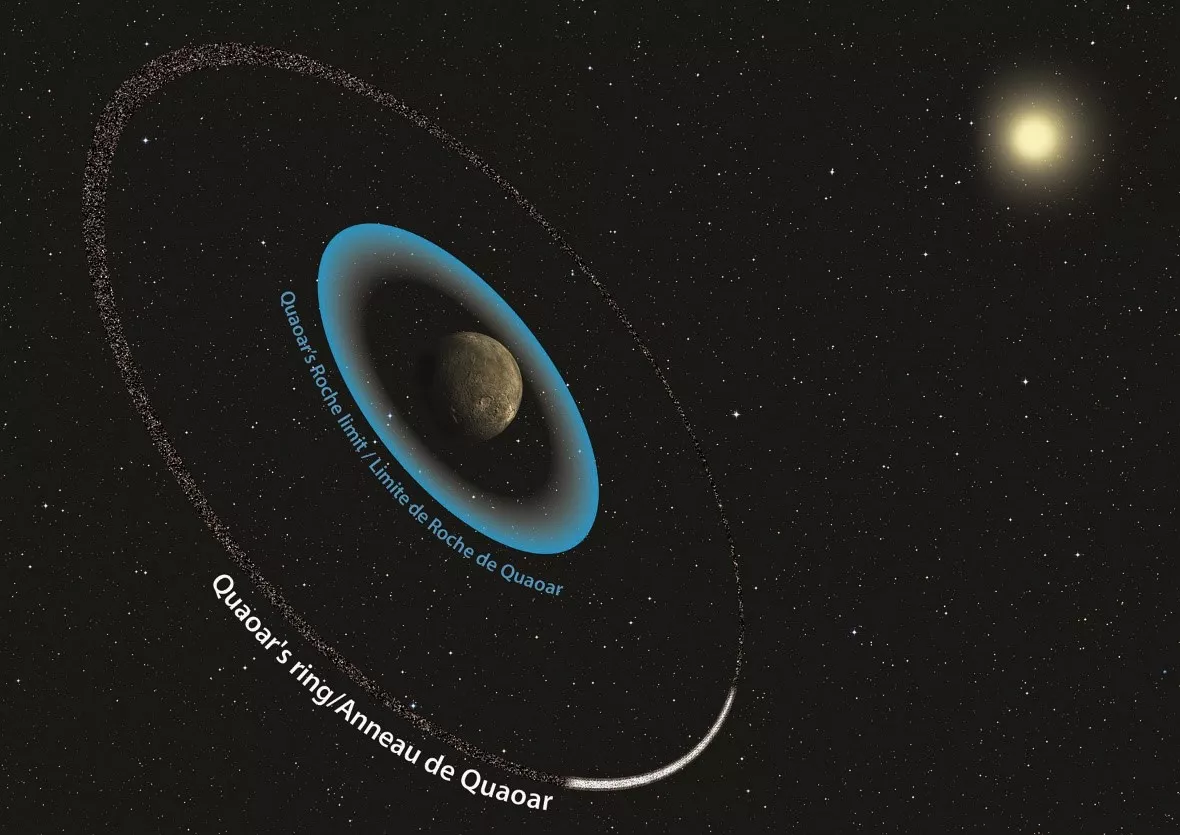
.jpg)
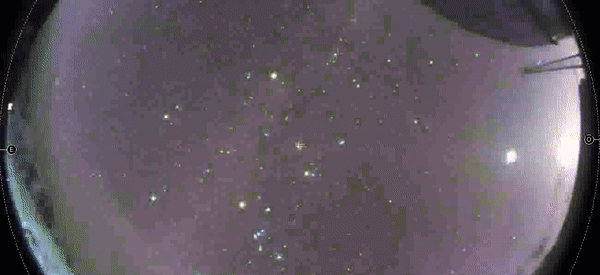
.jpg)